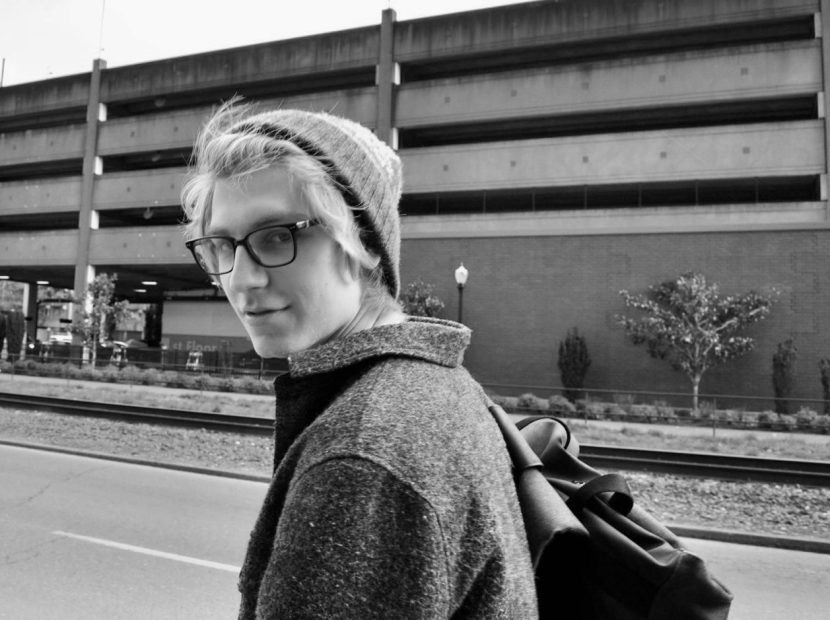About
I am a designer, photographer, and software engineer who is passionate about creating simple, elegant, and purposeful designs. My approach is rooted in the belief that by stripping away unnecessary complexities, we can unlock the true essence and resonance of an idea.
I see design as a multifaceted discipline encompassing visual aesthetics, user experience, and problem-solving. Whether I’m creating a logo, designing a website, or developing an application, I approach each project as a unique canvas with unique constraints and endless possibilities. By combining my skills in design and engineering, I strive to create solutions that are visually appealing, highly functional, and user-friendly.
In my photography, I explore the power of contrast and composition to create images that evoke emotion and tell a story. These same principles for visual storytelling translate into my design work, where I use contrast, hierarchy, and visual balance to guide users through an interface or experience.
I believe that great design has the power to transcend cultural boundaries and bring people together. Design is my way of connecting with others and my language for building bridges across diverse backgrounds and perspectives.
